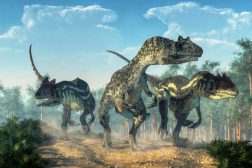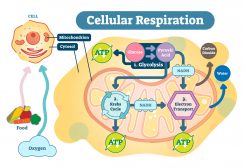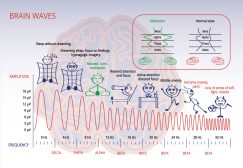Definition
noun, plural: anamniotes
Any of the vertebrates that do not belong to the Amniota, and in which an amnion does not form during its embryonic or fetal stage
Supplement
The anamniotes are a group comprised of fishes and amphibians. They are vertebrates that do not belong to the clade Amniota. Amniota is a group of vertebrates that include the reptiles, birds, and mammals. During their embryonic or fetal stage, they have an amnion. The amnion is a membrane that surrounds the embryo or fetus as it grows or develops. The amnion and the chorion form the amniotic sac. The sac is fluid-filled and the fluid is referred to as amniotic fluid. This fluid serves as a shock absorber preventing physical injury to the growing fetus. It also expands the womb of mammals providing adequate space for movement and growth of the fetus. The amnion is also involved in gas transport, i.e. transporting oxygen into the egg and then expelling carbon dioxide.1
The anamniotes lack the amnion. Apart from this feature, the amniotes are also characterized by laying eggs in water in contrast to amniote reptiles and birds that lay eggs on land. Therefore, gas exchange and waste removal occurs by diffusion.
Compare:
Reference(s):
1 Amniote. biologyonline.com Dictionary. Retrieved from ://www.biologyonline.com/dictionary/Amniote.







